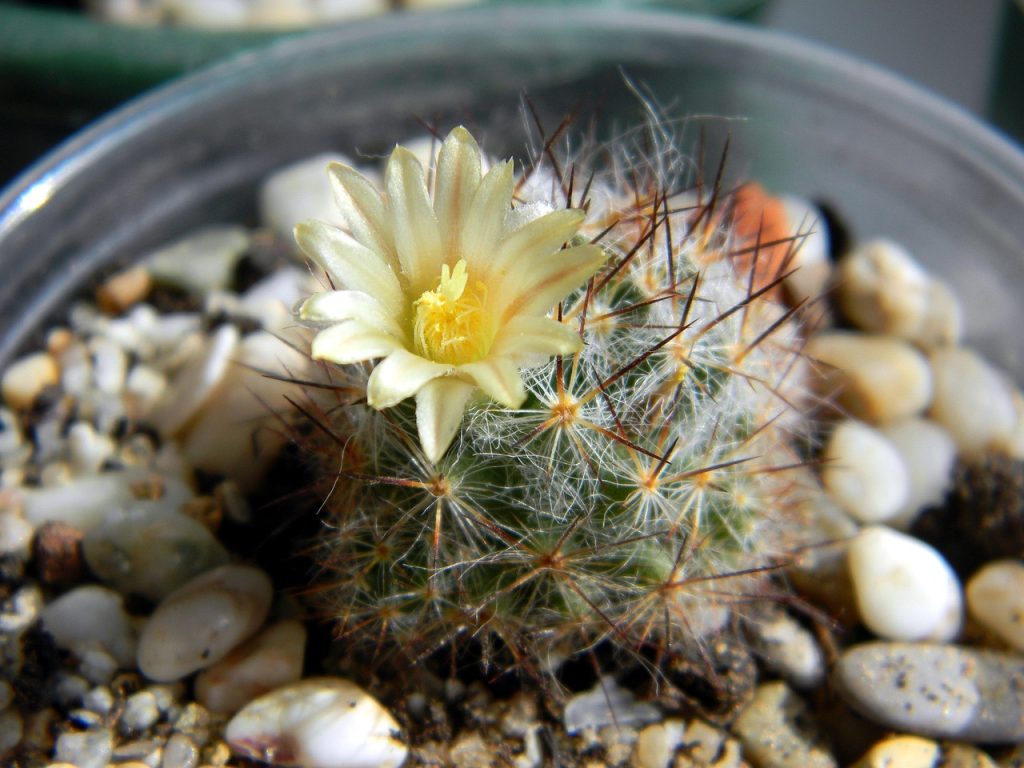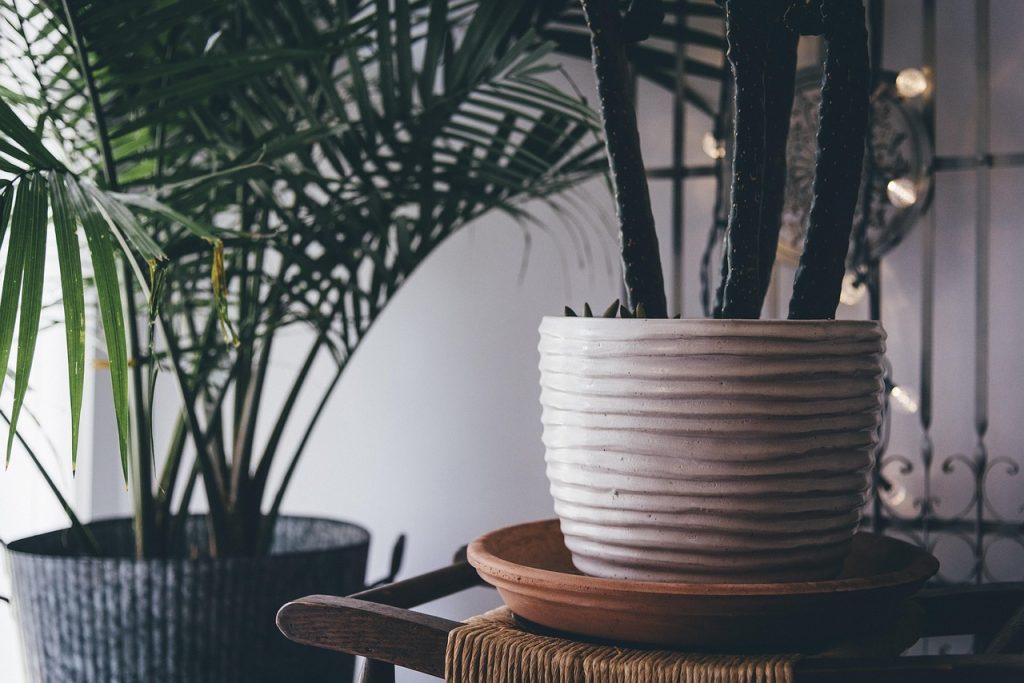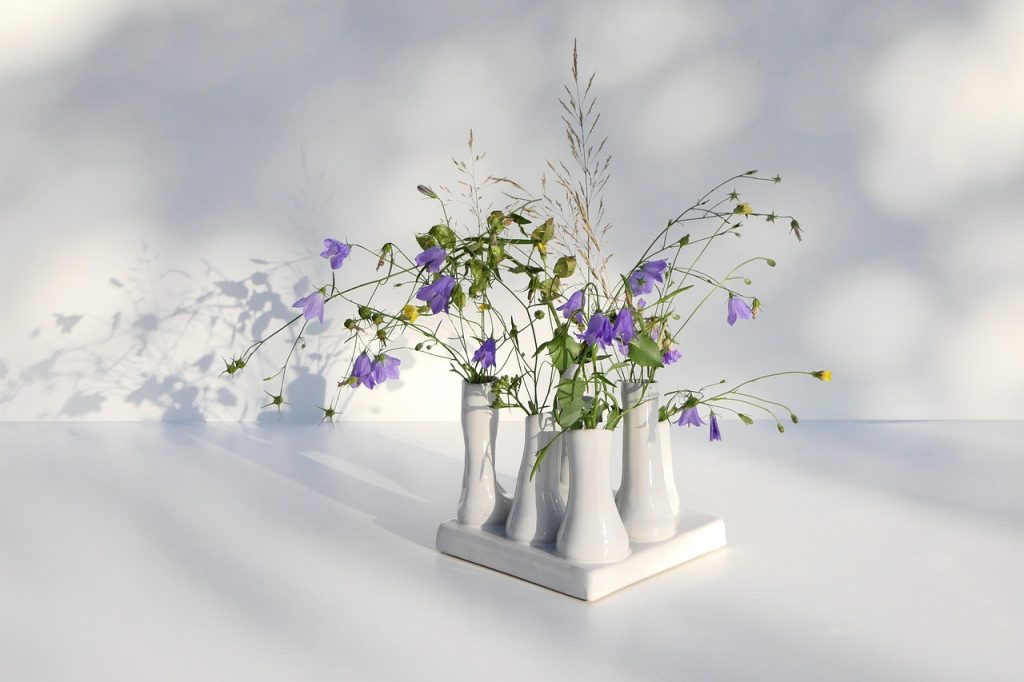Welcome to the lush world of indoor plants, a simple yet profound way to enhance your living space both aesthetically and environmentally! Whether you’re an experienced gardener or a budding green thumb, the joy of nurturing plants indoors can bring a new dimension of delight and tranquility to your home or office. This guide will explore the best practices for selecting, caring for, and maximizing the benefits of indoor plants.

Choosing the Right Indoor Plants for Your Space
Embarking on your indoor gardening journey starts with selecting the right plants for your environment. Not all indoor plants have the same light, water, or temperature needs, so choosing plants that match your home’s conditions is key to growing healthy plants. Here are some popular options that suit various indoor environments:
- Snake Plant (Sansevieria): Known for its hardiness and minimal light requirements, it’s perfect for corners with low natural light.
- Pothos (Epipremnum aureum): This plant thrives in a variety of lighting conditions and has striking, heart-shaped leaves.
- Spider Plant (Chlorophytum comosum): Ideal for beginners and known for its air-purifying qualities, it does well in bright, indirect light.
- Peace Lily (Spathiphyllum): With its lush foliage and white blooms, it adds a touch of elegance and requires moderate to low light.
Consider the conditions of your space such as lighting, humidity, and temperature. For instance, if your living room receives a lot of sunlight, succulents or cacti would be a better choice than ferns, which prefer shadier, moist environments.
Essential Care Tips for Indoor Plants
Watering Your Indoor Plants
Watering is perhaps one of the most common areas where new plant owners stumble. The general rule of thumb is to check the top inch of soil; if it’s dry, it’s time to water. However, this can vary significantly between different plant species. For example, succulents and cacti require less frequent watering than tropical plants like the Areca Palm. Always use lukewarm water to avoid shocking the plant’s roots, and try to water in the morning to align with the plant’s natural uptake of water during daylight hours.
Light and Placement
The right lighting is crucial for the health of indoor plants. While some plants require direct sunlight, others will thrive in low light conditions. North-facing windows generally provide the least light, making them suitable for plants like ferns and peace lilies, whereas south-facing windows offer bright light, perfect for succulents and fruiting plants like tomatoes.

Placing a plant in an appropriate spot is about more than just light. Avoid areas with frequent temperature changes or drafts, such as near air conditioning units, heating vents, or frequently opened doors. These fluctuations can stress plants, leading to poor growth or even death.
Soil and Fertilization
Choosing the right soil and providing proper nutrition are fundamental for healthy indoor plants. Use a potting mix that is specific to the type of plant you are growing. For instance, orchids thrive in a bark-based mix, while cacti prefer a sandier soil. Regular fertilization during the growing season promotes vigorous growth. Opt for organic fertilizers if possible, as these are not only better for your plants but also more environmentally friendly.
Benefits of Growing Plants Indoors
Indoor plants do more than just beautify your home. They have numerous health and psychological benefits:
- Air Quality: NASA’s Clean Air Study found that certain indoor plants can remove toxins such as benzene, formaldehyde, and ammonia from the air, helping to purify your living environment.
- Humidity: Plants release moisture vapor during transpiration, which can increase indoor humidity, potentially reducing the incidence of respiratory distress, dry skin, and colds.
- Well-being: Studies have shown that indoor plants can reduce stress and boost mood, making them a great addition to any home or office. The act of caring for a plant, watching it grow and thrive, can provide a sense of satisfaction and accomplishment.
Common Challenges and Solutions
Even with the best care, indoor plants can sometimes struggle. Here are a few common issues and solutions to keep your green friends thriving:
- Pests: Keep an eye out for signs of pests like spider mites, mealybugs, and aphids. Isolate affected plants and treat them with neem oil or insecticidal soap.
- Overwatering: This is a frequent cause of indoor plant demise. Ensure pots have good drainage and that you’re adhering to the plant’s specific watering needs.
- Light Issues: Yellowing leaves might signify too much direct sunlight, while leggy, stretched-out plants usually need more light. Adjusting the plant’s position can often resolve these issues.

Frequently Asked Questions About Indoor Plants
How often should I repot my indoor plants?
Most indoor plants need to be repotted every 12-18 months, depending on their growth rate and the size of the current pot. Signs that your plant needs repotting include water sitting on the surface because it’s not being absorbed, roots growing through the drainage holes, and visible salt and mineral build up on the pot or surface of the soil.
Can indoor plants really help improve my home’s air quality?
Yes, many indoor plants can absorb harmful toxins from the air, though the effect is often modest in typical home environments. Plants like the Boston fern, snake plant, and spider plant are particularly good at purifying indoor air.
What are the easiest indoor plants to take care of for beginners?
Some of the easiest indoor plants that require minimal care include the snake plant, ZZ plant, and pothos. These plants are forgiving and can tolerate irregular watering and variable light conditions.
Bringing nature indoors with plants is more than just a decorating trend—it’s a healthy lifestyle choice that cleans your air, brightens your mood, and enhances your living space. Whether you’re a seasoned gardener or just starting, the journey of growing indoor plants is deeply rewarding and continually surprising. Embrace the process and enjoy the lush foliage and fresh air that comes with being an indoor plant parent!